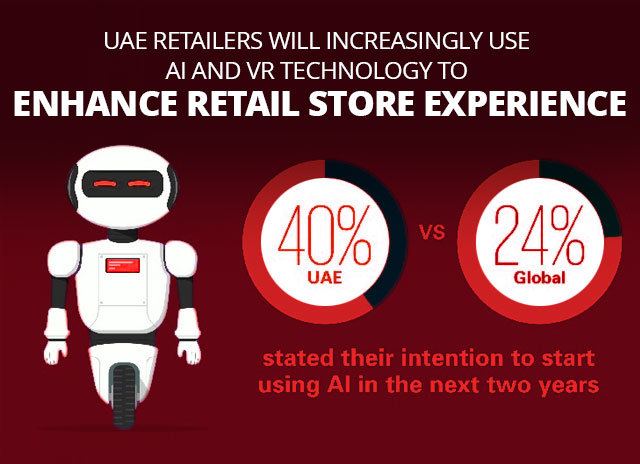Blizzard Mass Bans Players Exploiting Layering In Classic WoW
Blizzard’s ban hammer is in full swing at the moment as they ban players exploiting the in-game layering mechanic. Layering is when ‘mini-servers’ or layers, are created within a server. For example, if you’re playing on the Faerlina server, you may actually be playing on Faerlina layer 1, layer 2, and so on. As a player, it isn’t immediately obvious what layer you are playing on, but you may notice that you’re in the same area as a friend, but you can’t see them. That’s because they are on a different layer.
Why Layering Was Introduced
During Vanilla wow, players experienced huge wait times trying to log into the game. When a player finally got into the game, they were then faced with significant amounts of lag as the thousands of other players surrounding them pushed the hardware and software limits to the max. Blizzard wanted to avoid this with the launch of Classic WoW, so they announced their solution, layering. The idea is that one layer would fill-up with players until it hit a predefined limit, and then a new layer would be generated. Any players logging in after this point will be placed on the new layer.
What Players Thought of Layering
Layering was controversial from the outset. Many avid Vanilla fans felt that layering would degrade the original Vanilla experience. Some players argued that it would detract from the feeling of a full and immersive community that Classic WoW is all about. A major discussion point was also the potential for this mechanic to exploited.
The Exploit
The exploit works like this:
● Player 1 farms a mob, boss, or mat on Layer 1.
● Then, Player 1 will ask someone on another layer, let’s say Layer 2, to invite them into a group. This will transfer Player 1 over to Player 2’s layer, in this case, Layer 2.
● Now Player 1 can farm the exact same item or mob all over again without having to wait for respawns or resets.
● Rinse and repeat. Player 1 can now hop to a different layer again, or back to their previous layer, and farm indefinitely.
Some players have been sinking vast amounts of energy into this exploit, farming for the best gear, or farming for items to sell on the Auction House. This exploit has been shifting huge amounts of Classic WoW Gold into the hands of the exploiters and massively disrupting the budding Classic WoW economy which was growing and developing in much healthier way in comparison to mainstream WoW, where value of WoW Gold is steadily declining and inflation is on the rise. The effect has been that some players have managed to get way ahead of other players, both in terms of the amount of WoWC Gold they have, and it terms of their gear progression and experience.
In response, Blizzard has come down hard on these players, issuing a range of bans. It looks as though some players have been handed one-month bans, some got 6-month bans, and the serious exploiters have been handed permanent bans.




